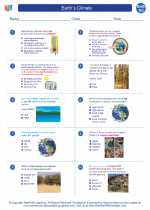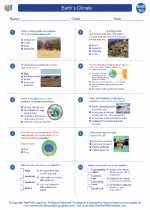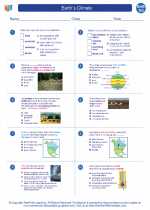Tornadoes
A tornado is a rapidly rotating column of air that is in contact with both the surface of the Earth and a cumulonimbus cloud or, in rare cases, the base of a cumulus cloud. They are often referred to as twisters or cyclones, although the word cyclone is used in meteorology to refer to a weather system, not a tornado. Tornadoes can be extremely destructive and are capable of causing significant damage to structures and landscapes.
Formation of Tornadoes
Tornadoes form from severe thunderstorms when warm, moist air collides with cool, dry air. This creates instability in the atmosphere, leading to the development of a rotating updraft within the storm. If the conditions are right, this rotating updraft can become a tornado.
Characteristics of Tornadoes
Tornadoes are typically characterized by their funnel shape, with a narrow end touching the ground and a wider end in contact with the base of the thunderstorm. They can vary in size and intensity, with some tornadoes being relatively weak and short-lived, while others are extremely powerful and may last for an hour or more.
Study Guide
- Define a tornado and explain how it forms.
- What are the characteristics of tornadoes?
- Describe the conditions that are conducive to the formation of tornadoes.
- Discuss the various scales used to measure the intensity of tornadoes, such as the Enhanced Fujita Scale (EF-Scale).
- Explain the safety precautions that should be taken in the event of a tornado, including seeking shelter in a designated tornado shelter or in an interior room on the lowest level of a sturdy building.
- Research and present a case study of a notable tornado event, detailing its impact on the affected area and the response/actions taken by authorities and emergency services.
Understanding tornadoes and their formation is crucial for both meteorologists and the general public, as it can help to mitigate the potential impact of these destructive natural phenomena.
.◂Earth Science Worksheets and Study Guides High School. Earth`s Climate

 Worksheet/Answer key
Worksheet/Answer key
 Worksheet/Answer key
Worksheet/Answer key
 Vocabulary/Answer key
Vocabulary/Answer key
 Vocabulary/Answer key
Vocabulary/Answer key
 Vocabulary/Answer key
Vocabulary/Answer key
